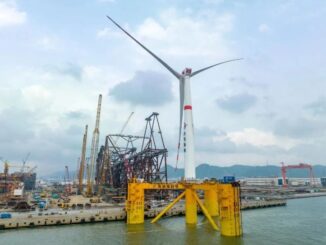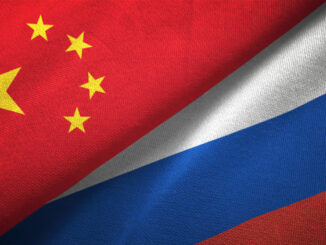
In a bold move to rein in the chaos gripping its solar industry, China is cracking down on destructive price wars that have left the sector bloated with overcapacity and drowning in billions of dollars in losses. As the world’s dominant solar manufacturer, China’s struggles are sending ripples through global energy markets, raising questions about future supply chains and pricing stability.
The combined losses of six of China’s largest solar panel and cell manufacturers doubled in the first half of 2025, reaching a staggering $2.8 billion (20.2 billion Chinese yuan), up from the previous year.
This financial hemorrhage is largely attributed to relentless overcapacity, where production far outstrips demand, forcing companies into cutthroat competition that has driven prices to unsustainable lows. All top Chinese solar equipment producers reported losses in the first quarter of 2025, exacerbated by trade tensions and tariffs under the U.S. administration.
Government intervention has ramped up significantly. In July 2025, China’s Ministry of Industry and Information Technology (MIIT) convened executives from 14 leading solar firms, urging an end to the “race to the bottom” and a pivot toward innovation and value-based competition.
Industry Minister Li Lecheng emphasized phasing out outdated and underutilized capacity, prioritizing product quality, and strengthening regulations to foster sustainable development.
This follows earlier warnings from the China Photovoltaic Industry Association in 2024, which called for consolidation to address the overcapacity crisis.
The toll on companies has been severe, with a wave of bankruptcies sweeping through the sector. Since 2024, more than 40 solar firms have delisted, gone bankrupt, or been acquired.
In 2025 alone, over 50 companies along the solar supply chain have filed for bankruptcy, with one-third of China’s 121 listed solar producers operating in the red.
A YouTube report highlighted 53 bankruptcies in 2025, underscoring the collapse amid $7 billion in losses and 150,000 job cuts.
Notable cases include Suntech, which initiated pre-restructuring creditor claims in June 2025, and other firms forced into bankruptcy due to the deepening glut.
Even giants like Longi Green Energy Technology reported massive losses for 2024, with net losses among top players like LONGi, Jinko Solar, Trina Solar, and JA Solar nearing RMB11 billion (US$1.54 billion) in the first half of 2025.
These bankruptcies and restructurings are leading to significant shutdowns in manufacturing capacity. China’s polysilicon producers are planning to shutter one-third of their production capacity—equivalent to about 1.08 million tons, based on the 3.25 million tons available at the end of 2024—through a proposed $7 billion fund aimed at stabilizing the market.
Broader estimates indicate that as of September 2024, 25 GW to 30 GW of capacity had been confirmed for permanent shutdown, with another 150 GW temporarily halted.
Cancelled projects in 2024 alone accounted for over 300,000 metric tons of polysilicon, 15 GW of silicon wafers, 60 GW of solar cells, and 40 GW of modules.
Overall, China’s solar production capacity is roughly twice the global demand, prompting these aggressive cuts.
Looking ahead, the big question is whether this consolidation will drive up solar prices in the long term. Analysts suggest that curbing overcapacity and ending price wars could stabilize and potentially increase prices by reducing supply gluts and encouraging higher-quality production.
China’s dominance—holding over 80% of global solar manufacturing—means these changes could reshape international markets, moving away from rock-bottom prices that have persisted despite shakeouts.
However, some forecasts warn that overcapacity may linger through 2027, tempering immediate price hikes but paving the way for gradual increases as the industry matures and focuses on innovation.
The Bottom Line:
For global consumers and renewable energy adopters, this could mean higher costs down the line, but a more sustainable and resilient solar sector. As China navigates this overhaul, the energy world watches closely. The shift from quantity to quality could mark the end of an era of cheap solar panels, bolstering long-term market health while challenging short-term affordability.
For investors, consider industries that consistently deliver returns to shareholders and remain viable even without subsidies.
Avoid Paying Taxes in 2025
Crude Oil, LNG, Jet Fuel price quote
ENB Top News
ENB
Energy Dashboard
ENB Podcast
ENB Substack






